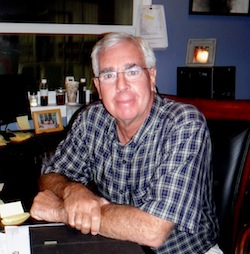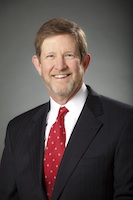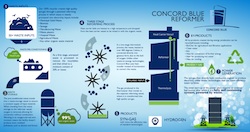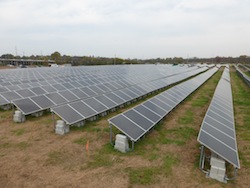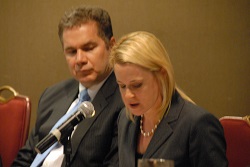 Connecticut-based Greenleaf Biofuels, LLC, has produced its 1 millionth gallon of biodiesel since opening its New Haven facility this summer. This company news release says most of that green fuel is going into local heating oil supplies.
Connecticut-based Greenleaf Biofuels, LLC, has produced its 1 millionth gallon of biodiesel since opening its New Haven facility this summer. This company news release says most of that green fuel is going into local heating oil supplies.
“We are extremely proud to have achieved this production milestone. Our team has worked tirelessly over the last six months to commission the plant and scale production. This is a testament to our employees’ high level of expertise and dedication to our mission,” said Gus Kellogg, Founder and COO of Greenleaf. Added Mark McCall, CEO of Greenleaf, “We have been driving towards this day since we began commercial production. I am extremely proud of our entire team. We look forward to increasing our production further with a goal of exceeding 1 million gallons per month next year.”
Senator Richard Blumenthal, the Senior Senator from Connecticut said, “I congratulate Greenleaf Biofuels for producing its 1 millionth gallon of biodiesel. The company is assisting our nation in becoming more energy efficient and environmentally friendly, and creating much needed clean energy manufacturing jobs in Connecticut. Greenleaf is a tremendous asset to our state and our nation.”
Senator Chris Murphy added, “Connecticut is proving resilient in finding new economic drivers that support manufacturing jobs in our state, while at the same time supporting our national policy of increasing the supply of domestically produced renewable fuels. Greenleaf is a great example of a public-private partnership that delivers on the promise of economic growth and policy objectives. I applaud this milestone and look forward to additional growth in this important sector of our economy.”
The Greenleaf Biofuels refinery will eventually crank out 10 million gallons a year of biodiesel, the largest biofuel plant in New England.




